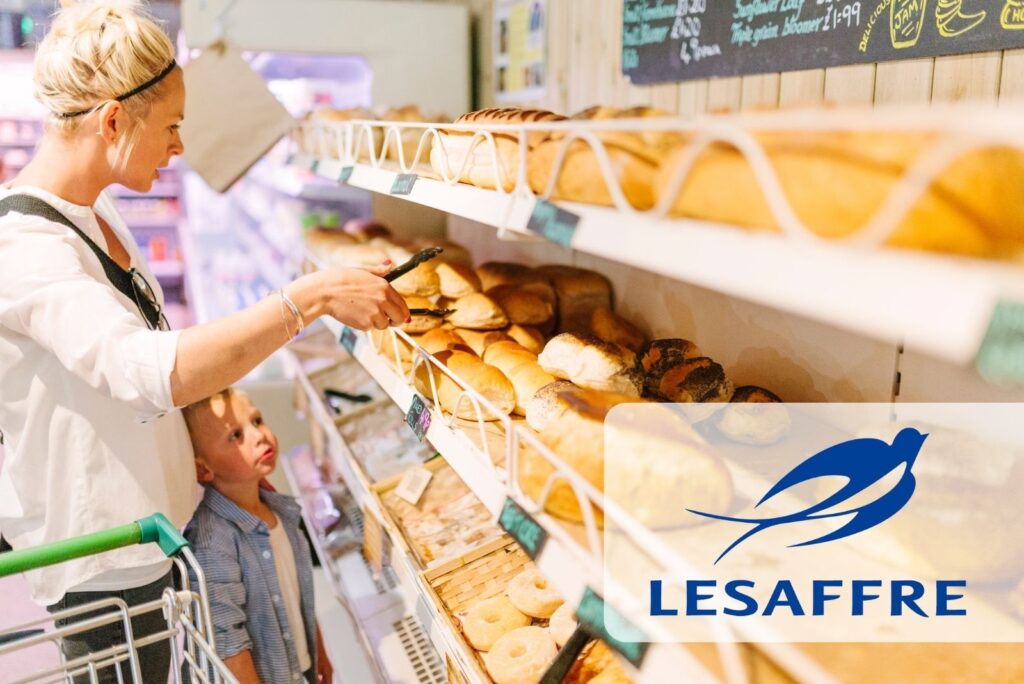ALEXANDRIA, VA — In the latest American Bakers Association (ABA) Member Research Webinar, attendees got an inside look on research from French yeast manufacturer Lesaffre and full-service marketing insights agency C + R Research regarding how consumers view clean label goods.
Led by Bill Hanes, VP of marketing and strategy at Lesaffre, and Nancy Baum, senior research director at C+R Research, the webinar explored who clean label consumers are and identified considerations for clean label applications.
In the pursuit of cementing an internal definition of “clean label,” Lesaffre sponsored a series of research to find additional information on consumers’ perception of the term, ingredients and more.
Baum shared the three key objectives behind the research.
“The first was to identify consumer’s perceptions of clean label ingredients and baked goods.” Baum said. “Second was to identify their perceptions around yeast and yeast extracts and how that fits into their definition of clean label. And third was to understand how certain food ingredient trends, specifically around clean labeling, non-GMO and organic, could impact their decisions at the shelf.”







